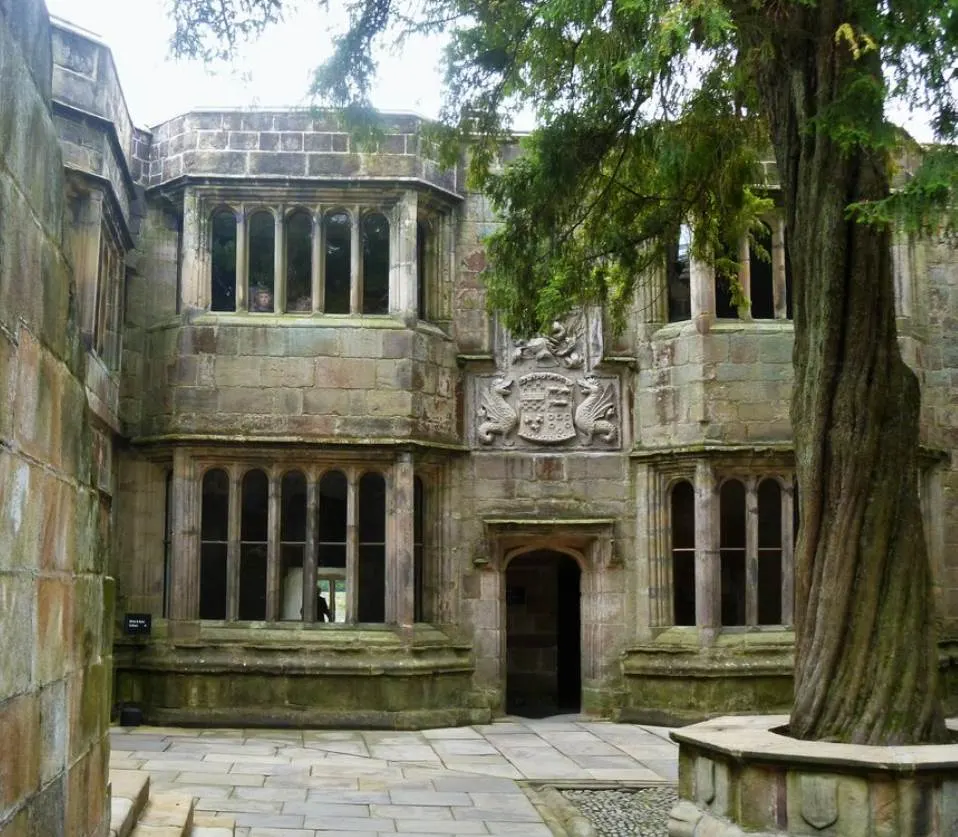If you want to admire the medieval architecture of a castle that has a history that goes back well over 9 centuries, then this amazing castle in England should be on your bucket list.
In this article, we’ll take a closer look at some of the most interesting facts about Skipton Castle, a structure with several interesting stories to tell.
1. It’s located in a town with the same name in North Yorkshire
Skipton Castle is located in the market town of Skipton in North Yorkshire, a large county in the northern part of England. It can be found at a distance of 43 kilometers (27 miles) northwest of Leeds and 61 kilometers (38 miles) west of York.
The name of the town can be translated as “Sheep Town” as it’s derived from the northern dialect “Shipton.” It’s a relatively small town with a population of less than 15,000 but was listed as one of the best places to live in northern England according to the Sunday Times in 2018.
The castle is located in a commanding position in the northern section of this small town.

2. The original castle was built by a Norman Baron in 1091
The name of the town Skipton was first mentioned in the Domesday Book of 1086, a Great Survey conducted on the orders of William the Conqueror. This was done after he had secured large parts of England following his Conquest of 1066.
The original version of the castle was built just 5 years later in 1091 by a Norman Baron named Robert de Romille. He was given the estates of Bolton Abbey by William I in 1086 and built a timber motte-and-bailey castle on this location in Skipton.
Little is known about this original version of the castle but it was certainly a relatively primitive structure compared to some of the castles that had been erected in England already.
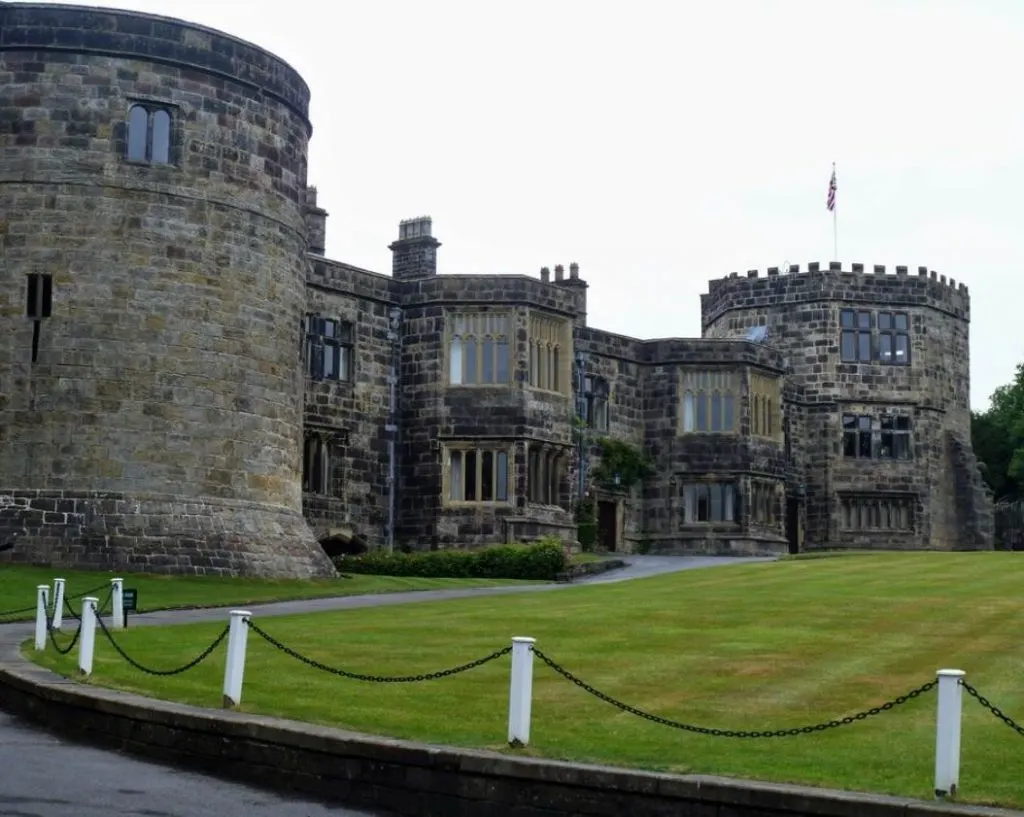
3. The castle was rebuilt in stone in the early 12th century
Because the castle was located at a relatively short distance from the border with Scotland, it was prone to raids from the Scots and even invasions. That’s why the main purpose of the castle was the defend the region from these attacks coming from the north.

This also means that the earth and wooden motte-and-bailey castle didn’t suffice. It was completely rebuilt in stone and strengthened with a stone keep by William le Gros, Earl of York, in the 12th century.
The castle not only protected the area from the Scots but also turned the obscure town of Skipton into a burgh which was administered by an official referred to as reeve in medieval England.
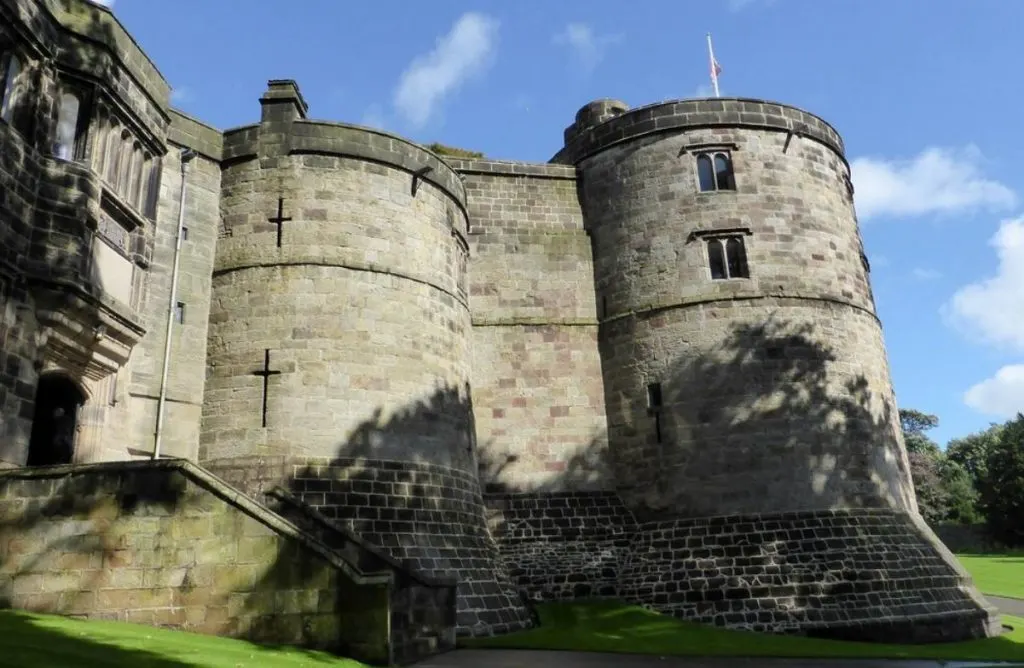
4. The castle was besieged for 3 years during the English Civil War
The castle was strengthened once again when ownership was transferred to Robert Clifford by King Edward II in the year 1310. This was because the male line of the original owner, Robert de Romille, had died out.
Although William Clifford never even saw these fortifications completed as he died at the Battle of Bannockburn on June 24, 1314, they did serve a major purpose during an event that took place over 300 years later.
The castle was the only Royalist stronghold in northern England and it took over 3 years before the besieged castle finally fell to the Parliamentarians in 1645. This only happened after an agreement was reached between the Royalists and English general Oliver Cromwell (1599-1658).
Following the siege, the Parliamentarians slighted the castle by removing the roof.
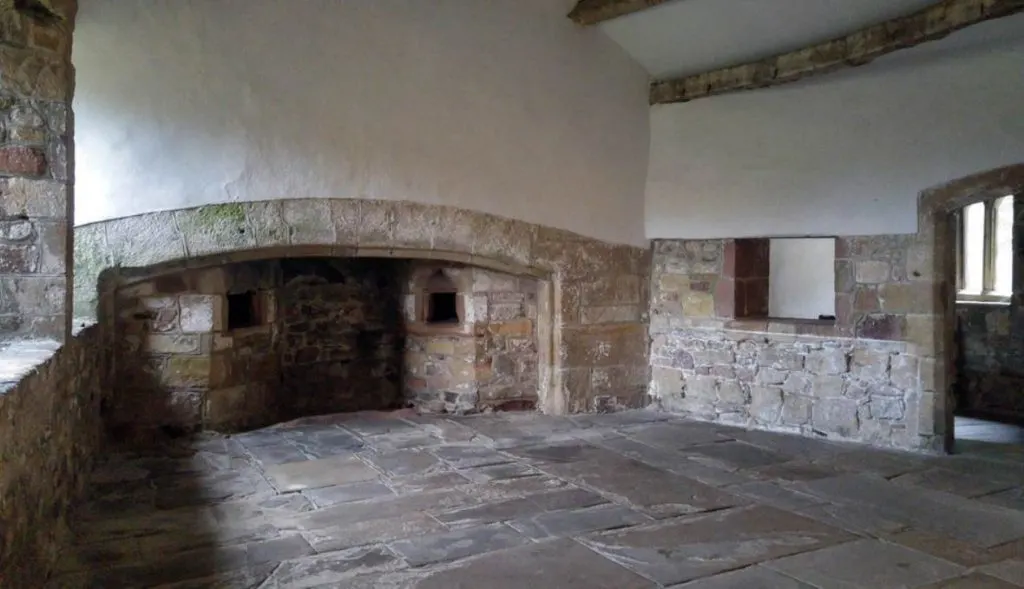
5. It’s still as a private residence and a major tourist attraction as well
Lady Anne Clifford (1590–1676) was the final member of the Clifford family to own the castle and it later passed on to the husband of her daughter Lady Margaret Sackville (1614–1676), a man named John Tufton, 2nd Earl of Thanet (1609–1664).
The castle eventually passed on to the Tufton family and was once the seat of Lord Hothfield (1844-1926), a popular Liberal politician, in 1871.
Today, the castle is owned by the Fattorini family, the owners of Thomas Fattorini Ltd, a manufacturer of jewelry and trophies. They still have a private residence in the castle as well.
Although it still serves as a private residence today, all other parts of the castle are open to the public today and well worth a visit.

More interesting facts about Skipton Castle
6. The castle was built in an elevated location with a cliff going down to the Eller Beck, a small river that protected the northern side of the castle.
This strategic location was also the main reason why it took 3 years before the castle was eventually turned over to the Parliamentarians during the English Civil War after negotiations.
It was virtually impossible to capture, especially since it features an ancient well that provided drinking water for the garrison inside the castle as well.
7. The main defensive structures of the castle are 6 drum towers. Especially the fortified towers at the main entrance gate of the castle look impressive and exactly how you imagine a castle to look like.
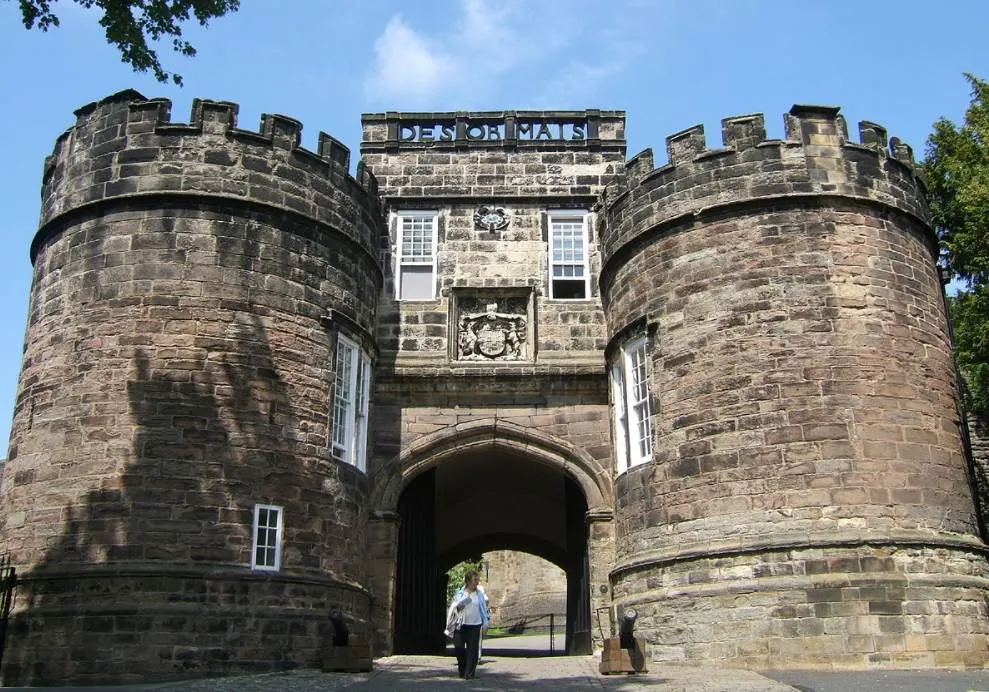
8. The castle features a wide variety of buildings, many of which were added over the centuries. These include new kitchens, storage, work cellars, and several towers that were built for defensive purposes.
Other interesting structures inside the castle’s compound are the original kitchen, the great hall, private rooms, a 17th-century shell grotto, and the bedroom of the lord of the castle. The entrance staircase was installed in the 17th century to replace the original drawbridge.
9. The outer curtain wall is, for the most part, intact and encircles another 12th-century structure, the ruins of a chapel that was completed in this early construction phase.

This chapel is referred to as the Chapel of Saint John the Evangelist and is a remarkable remaining structure of the time shortly after the wooden castle was turned into a stone one.
10. Another popular attraction of the castle can be found in the courtyard of the so-called “Tudor Buildings.” Lady Anne Clifford was not only the final member of the Clifford family to live in the castle until 1676, but she also completely renovated the castle following the English Civil War.
She decided to plant a Yew tree in the courtyard to celebrate the completion of this renovation project.
